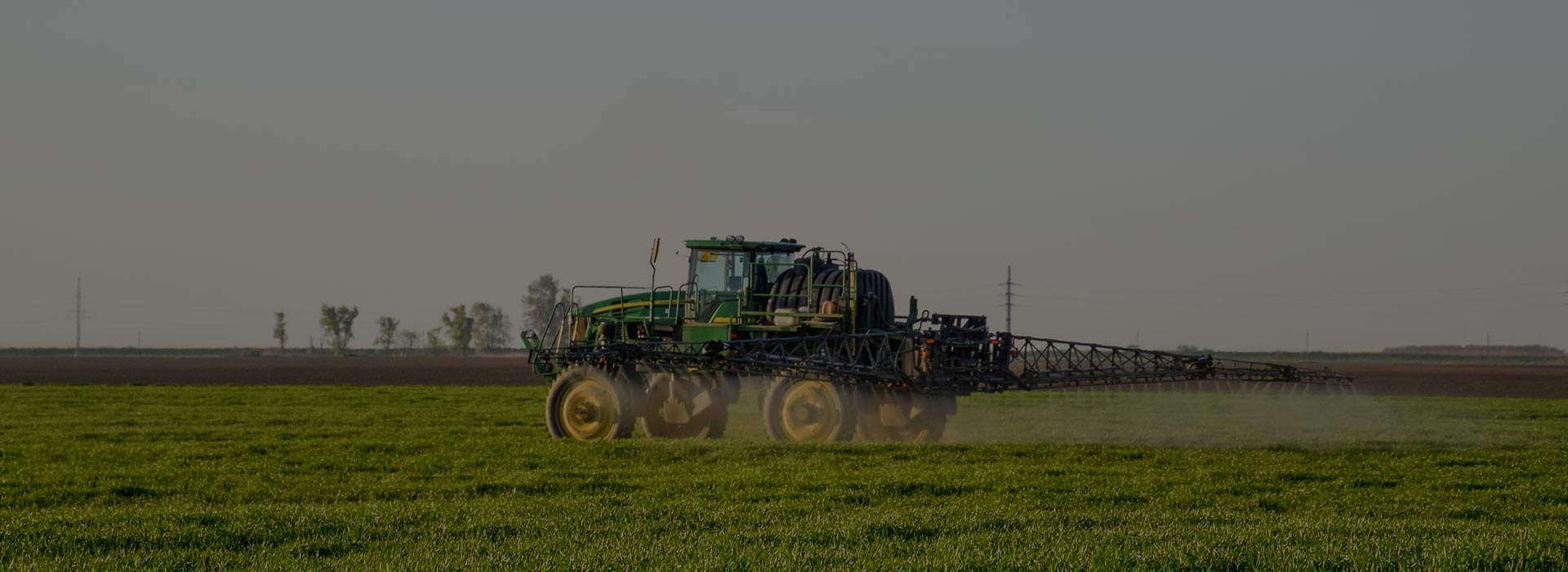Stage 1: Flowering (growth stage) April-May
The vine’s first buds appear in April,with the arrival of spring. This is when the buds break and a few timid green shoots start dotting the vine. During this stage, the winegrower will finish pruning the vine (canopy management) and carry out the first preventive treatments to combat grapevine pests and diseases.
Stage 2: Fruit set (growth stage) June
Temperatures normally begin to rise in June, and the flowers open up to invite pollination. During this stage (which usually lasts about two weeksor thereabouts), good weather is of utmost importance, because rains could ruin the entire harvest.
Stage 3: (ripening stage) July-August
The berries need to ripen during the summer but we need to ensure that they are developing properly. At this time, we also need to make initial estimate as to the crop production of the upcoming harvest. In case of fruit shading the whole clusters will be removed from the vine and let them drop to the ground where they provide a natural form of fertilizer.
Stage 4: Harvest September-October
In order to decide when the grapes are ready for picking, analysis is required to see if they have reached the desired sugar and acidity levels. Once the green light is given, the harvest can officially begin. This is a very labor-intensive process, especially when grapes are handpicked, which requires a big team of pickers.
After the harvest the plants enter a dormant stage, they shed all their leaves in the months of January and February and new leaves come out again in the months of March and April.




























































